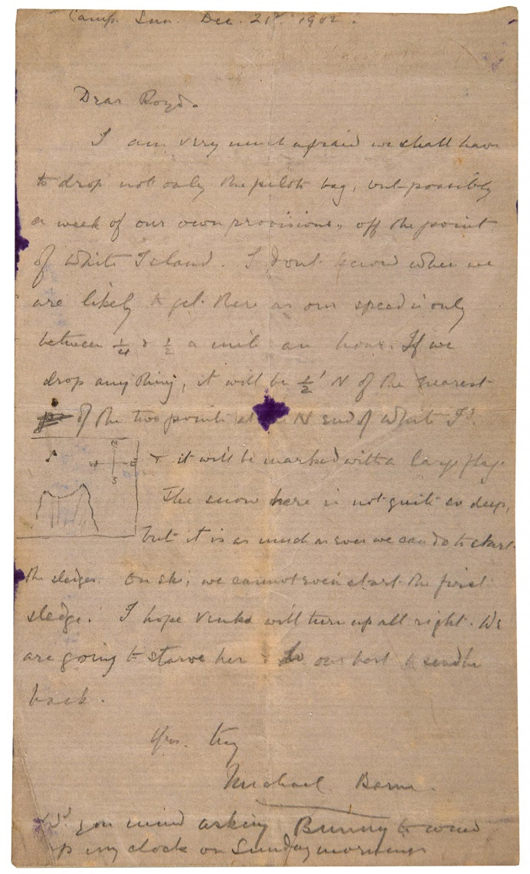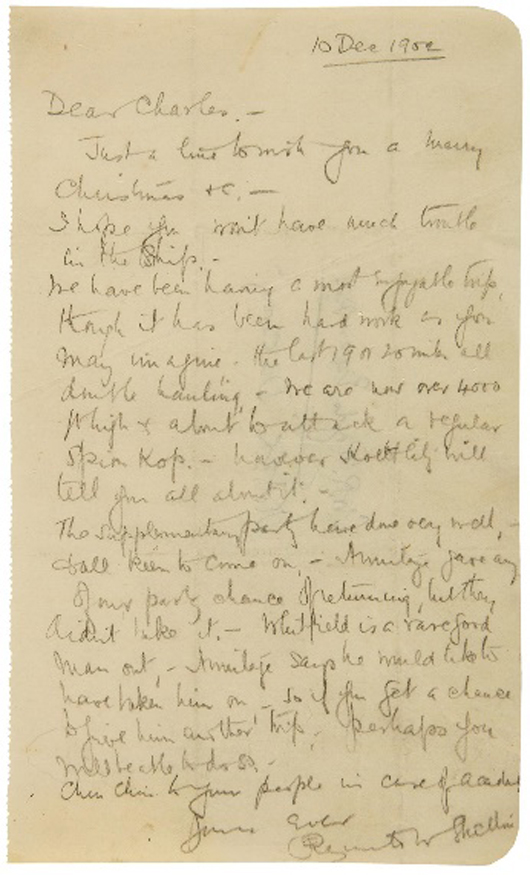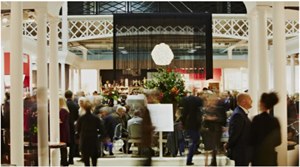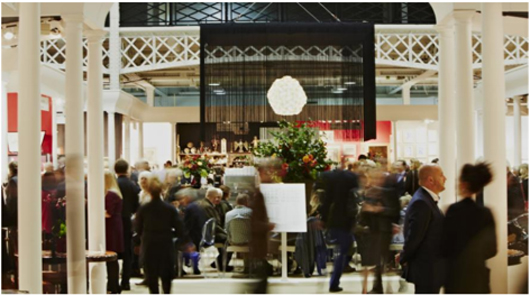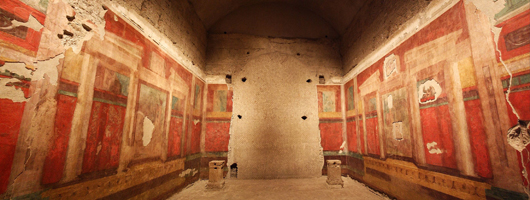
Chinese scroll ink and color on paper painting attributed to Huang Junbi. It measures 52 inches by 25 3/4 inches. Estimate: $30,000-$45,000. Linwoods Auction image. ALHAMBRA, Calif. – The season’s long-anticipated change brings a splendid cornucopia of new offerings. In celebration of an encouragingly successful inaugural year, Linwoods Auction of Southern California will present a veritable cache of decorative arts, unique jewelry, distinctive period furniture, and fine art masterpieces at a special one-day auction on Saturday, Sept. 27.
LiveAuctioneers.com will facilitate Internet live bidding.
Linwoods Auction House offers a variety of Chinese arts and antiquities, precious stones, fine jewelry and rare furnishings at the autumn event. September auction items include a wide variety of porcelain works, jade, jadeite sculptures and soapstone carvings, precious gemstones, scroll paintings, ancient silk courtiers’ robes and museum-worthy furniture.
“We are honored to have been given the opportunity to showcase some truly unique works this auction,” said curator Lisal Ong. “We feel privileged to be making a number of lots available from the collections of a few esteemed lifetime collectors.”
Memorable lots from the September auction include a magnificent collection of kesi-woven silken embroidered courtiers’ robes and embroidery panels from the imperial court of the Qing dynasty. Another notable offering is a number of HuangHuaLi furniture pieces of the highest quality and craftsmanship. A discerning lifetime collector is also parting with scroll paintings and porcelain works.
The auction opens with a vast array of snuff bottles, intricately crafted in jade, white jade, agate, and cloisonné and featuring semi-precious stone detailing. One lot of particular interest is lot 5723, a unique black and white Hetian jadeite snuff bottle with intricately carved figurine overlays.
Other notable lots include the impressive collection of silk courtiers’ robes and embroidery panels from the Imperial Qing dynasty (lots 5755-5764) amassed by a lifetime collector in San Francisco. Lot 5764, a navy silk robe featuring mythical dragons chasing flaming pearls among stylized clouds, epitomizes the beauty and regal grandeur of this collection.
Another cornerstone of the day’s offerings is lot 5719, a lustrous conjoined archaistic vase painstakingly carved from a multihued piece of very rare jadeite in lavender, gray and apple green tones with russet suffusions. This masterfully crafted piece also comes with a GIA certificate.
Elegant in its simplicity and design is lot 5800 a white Hetian jadeite brush washing bowl with carved bat detailing and suspended side rings.
Distinctive furniture lots (lots 5902- 5916) include a number of museum-worthy pieces, some of which were amassed by a Manhattan lifetime collector who prized huanghuali and zitan woods for their strength, durability and gleaming finish. A significant collection piece is lot 5908, a pair of huanghuali horseshoe-backed chairs from the Republic period, magnificently crafted with impeccable detailing.
The auction will also offer fine jewelry pieces in a variety of forms, from amber prayer beads, to rare Tibetan dzi beads to unique jade and jadeite pieces. Noteworthy jewelry lots include Lot 5724, a luminous green jadeite pendant with cabochon style petals surrounded in gold with clusters of nearly perfect diamonds, with GIA certificate.
The proprietors of Linwoods have married their mutually held passion for fine art and collectibles with decades of expert sales and acquisitions for their growing network of international clients. With a promising first year in Southern California, they have plans in place for monthly in-house auctions. The Sept. 27 event will begin at 3 p.m. Pacific Standard Time. For additional information call Lisal Ong at 626-457-8818.
ADDITIONAL LOTS OF NOTE
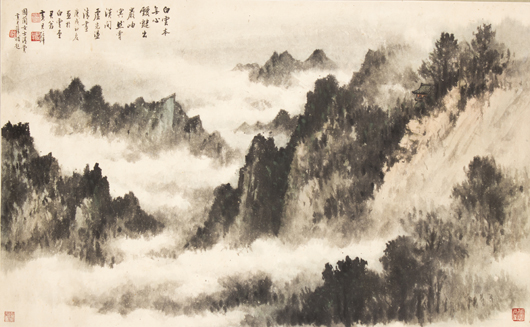
Chinese scroll ink and color on paper painting attributed to Huang Junbi. It measures 52 inches by 25 3/4 inches. Estimate: $30,000-$45,000. Linwoods Auction image. 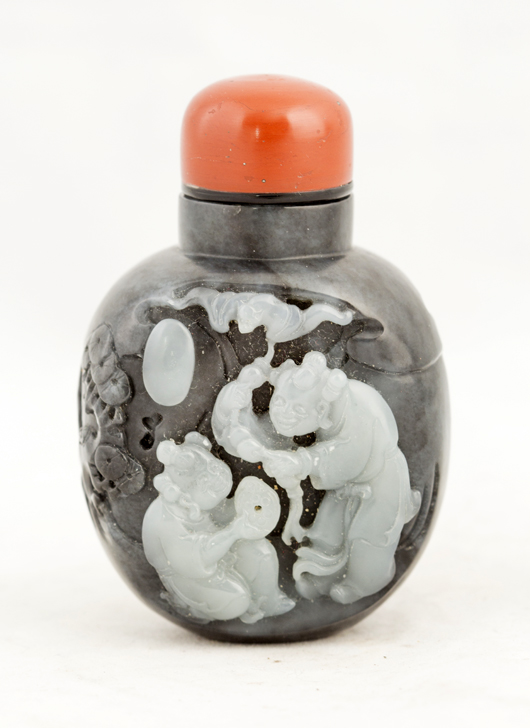
Linwoods Auction image. 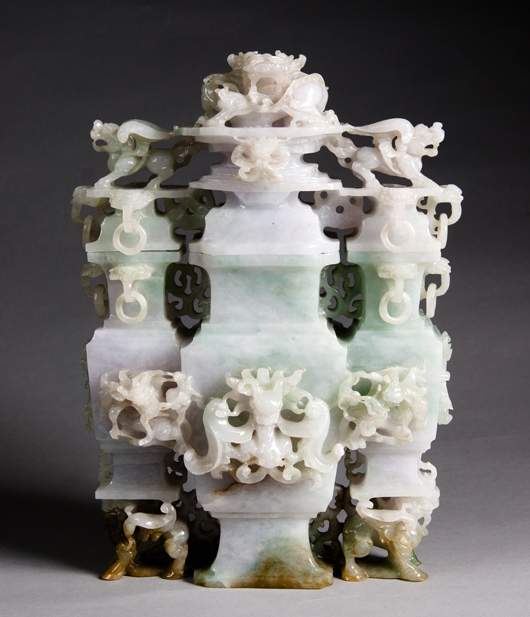
Linwoods Auction image. 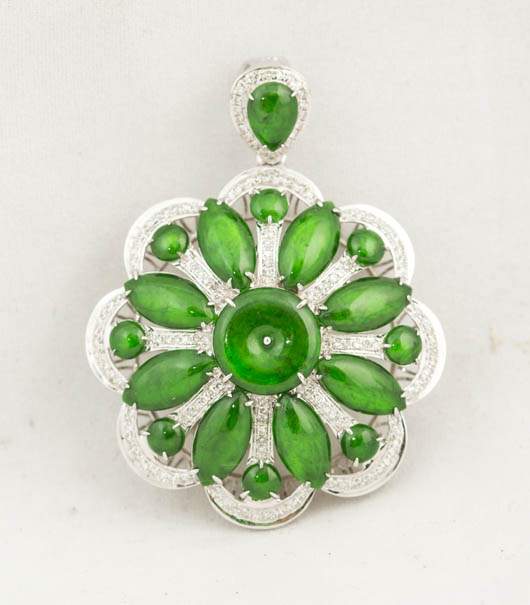
Linwoods Auction image. 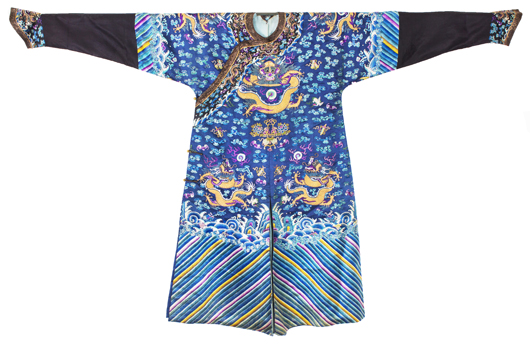
Linwoods Auction image. 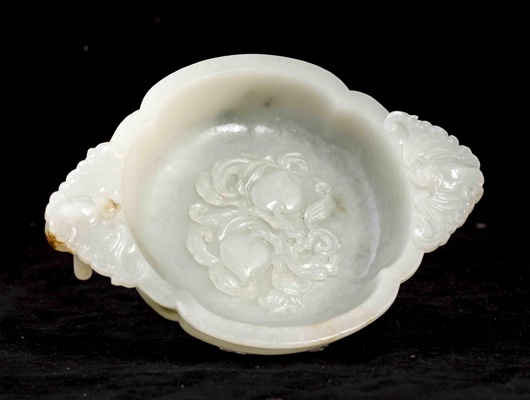
Linwoods Auction image. 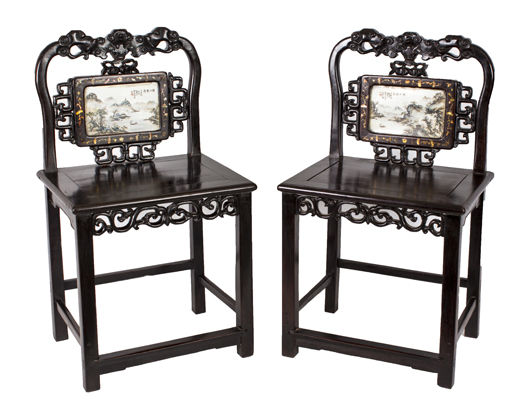
Linwoods Auction image. 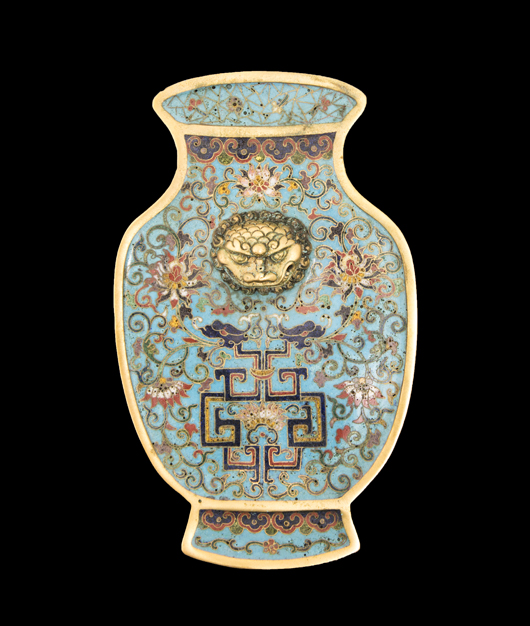
Linwoods Auction image.


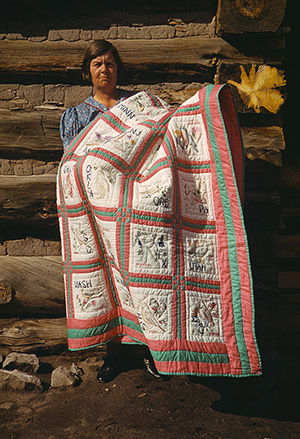
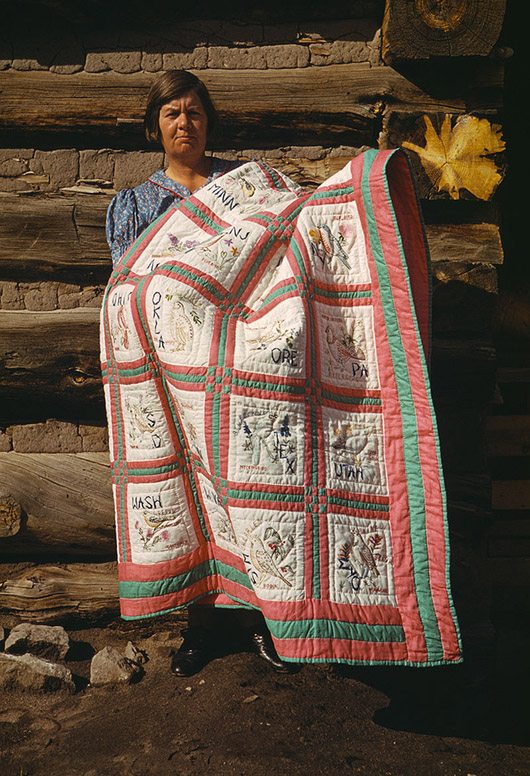
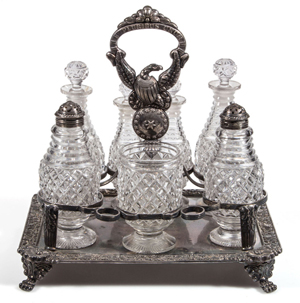
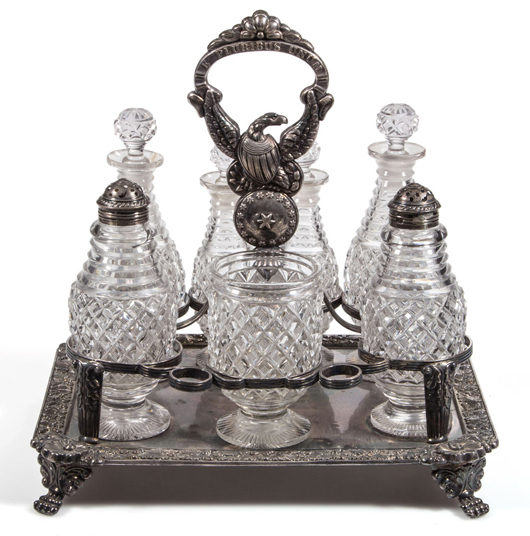
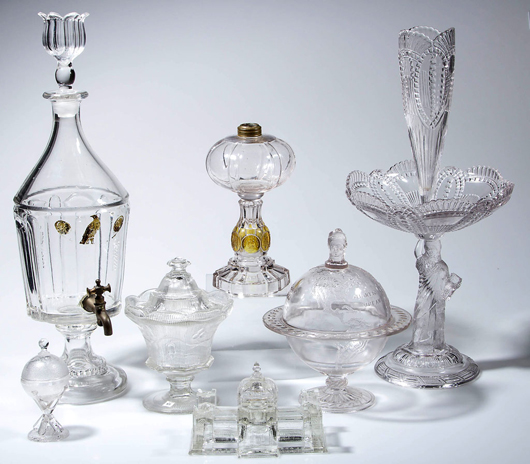
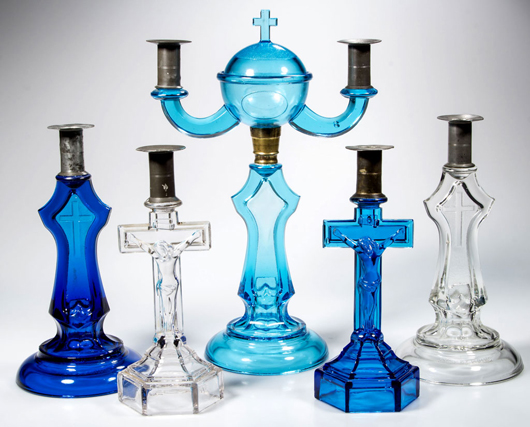
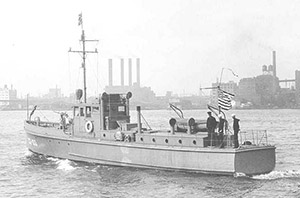
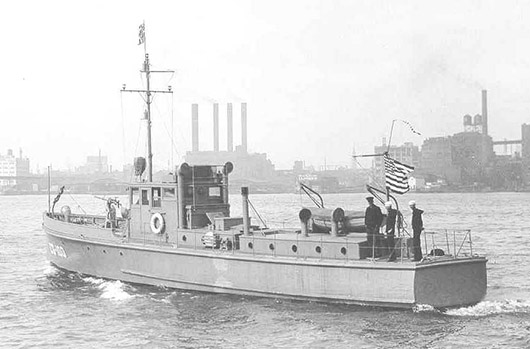
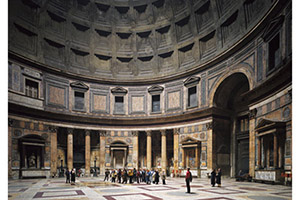
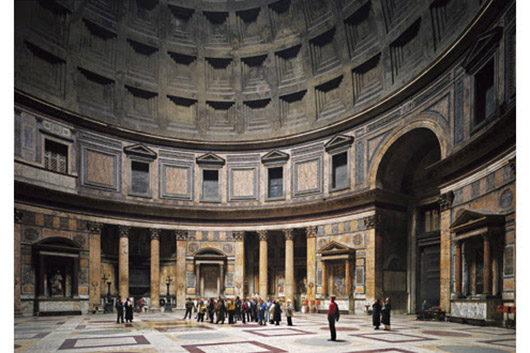
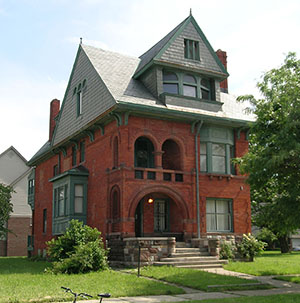
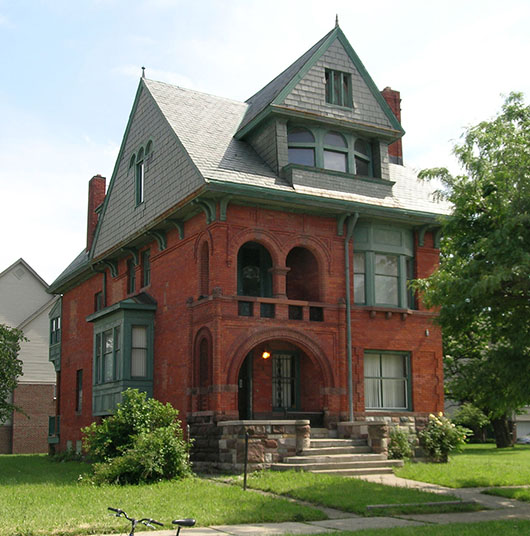
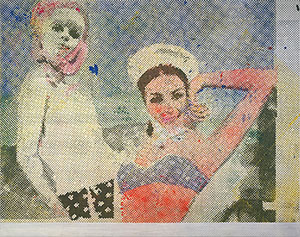
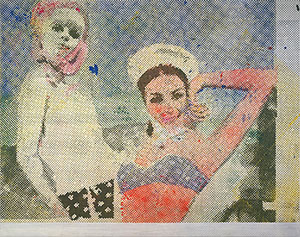
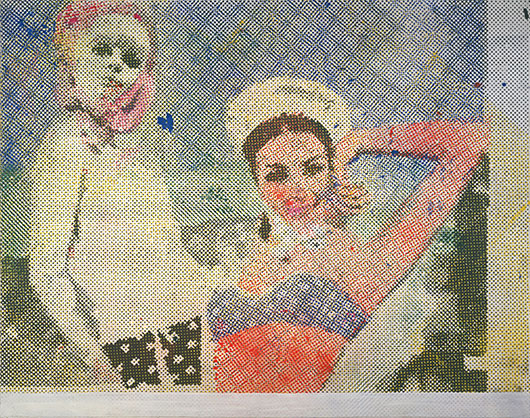
![Glass negatives of the ship Discovery and Captain Scott and members of the crew on their arrival at Lyttelton, New Zealand. [Lot 262, est. £500-700]. Dreweatts & Bloomsbury Auctions image.](https://www.liveauctioneers.com/news/wp-content/uploads/2014/09/2014_0918_30265853_1_x_lead.jpg)
![Glass negatives of the ship Discovery and Captain Scott and members of the crew on their arrival at Lyttelton, New Zealand. [Lot 262, est. £500-700]. Dreweatts & Bloomsbury Auctions image. Glass negatives of the ship Discovery and Captain Scott and members of the crew on their arrival at Lyttelton, New Zealand. [Lot 262, est. £500-700]. Dreweatts & Bloomsbury Auctions image.](https://www.liveauctioneers.com/news/wp-content/uploads/2014/09/2014_0918_30265853_1_x_large.jpg)
